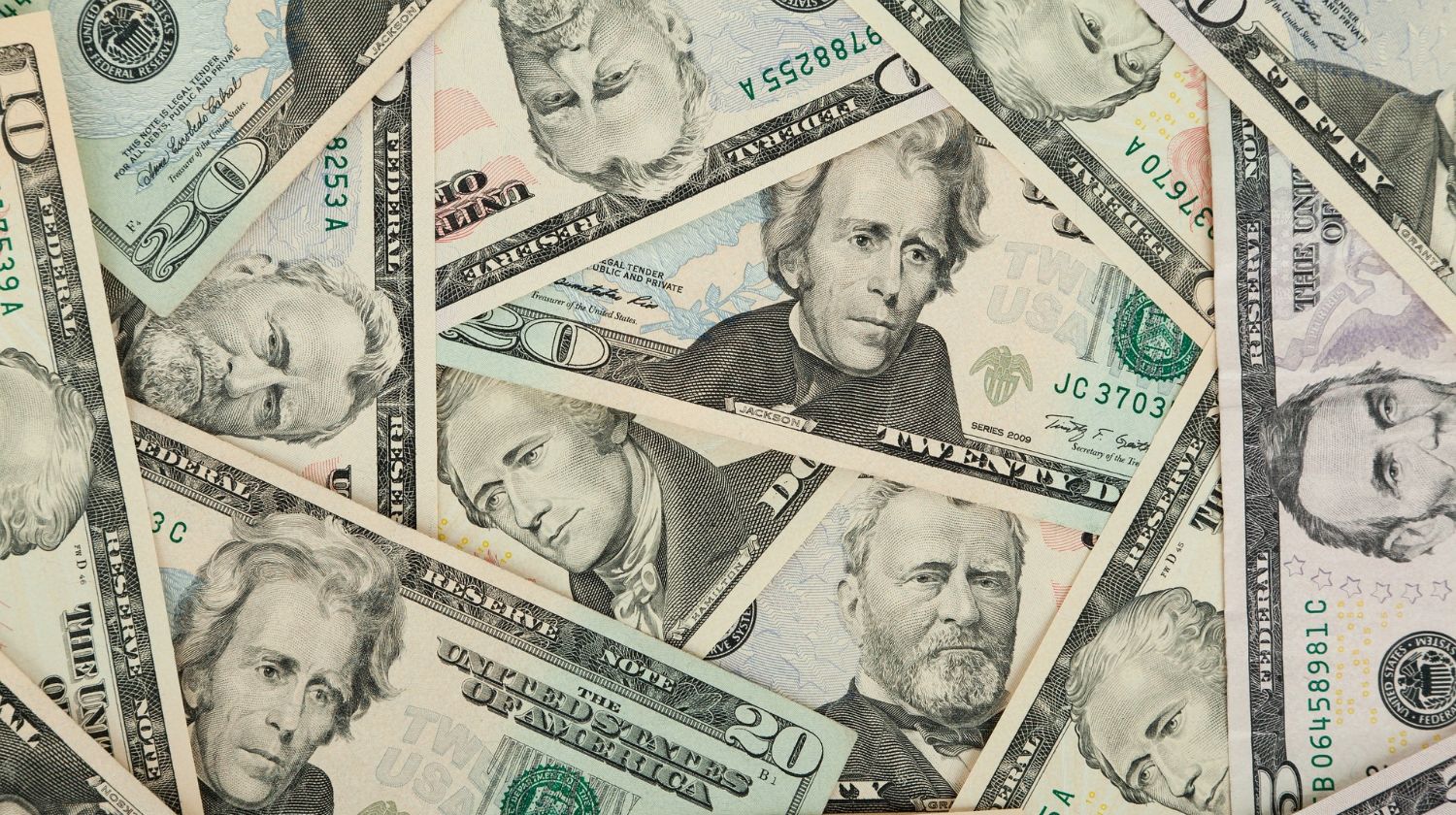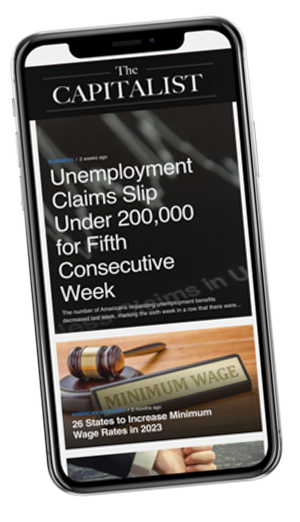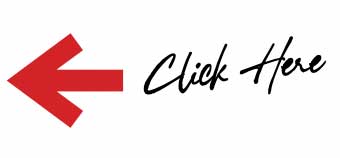Basics and Terms
How to Invest: Bond Yield and Return Explained

Learning the Markets – Yield and Return Explained
Different Yield Types and Return Calculations
Current Yield: What the bond annually pays divided by the bonds current price. This tells investors what they’ll earn if a bond is bought and held for a year. When you invest in a bond that trades at a premium or discount, current yield is a misleading indicator for the total return you can expect. If you buy a bond, which is trading at a discount, the bond’s price will increase as it moves towards maturity. As the face value is greater than the price you paid for the bond you will have a gain that is not included in the calculation of current yield.
High Yield Bonds: rated BBB- at S&P and have higher required yield, similar to a maturity bond.
Yield-to-Call: If you’re a bond holder with a callable bond, you have calculated your yield to maturity, the rate of return you expect to earn until it matures, but you also need to calculate what happens if the bond gets called: the expected rate of return if the bond gets called at the first possible call date. It is calculated the same way as YTM through the five key approach. except
Yield-to-Maturity: This is the term which individuals usually use to reference the yield of a bond. It measures the amount the investor will be paid in the future and considers the coupon payments, the difference between the purchase price and face value and the return you should receive form re-investing the coupon payments. Bond prices behave as the inverse of interest rates. When interest rates surge, the value of an existing bond drops. When interest rates drop the value of the existing bond rises. When a bond is trading at a price below the amount you will receive from the bond at maturity, which is also known as face value, it is said to be trading at a discount. When it trades above face value, it is said to be trading at a premium. It calculates the expected rate of return, if we buy the bond today and hold it until maturity.
Yield-to-Worst is calculated on each of a bond’s call dates and is the utmost lowest possible yield that can be received on a bond without the issuer defaulting. It is a possibility that this calculation may result similar, even identical to the yield-to-maturity, but never higher.




